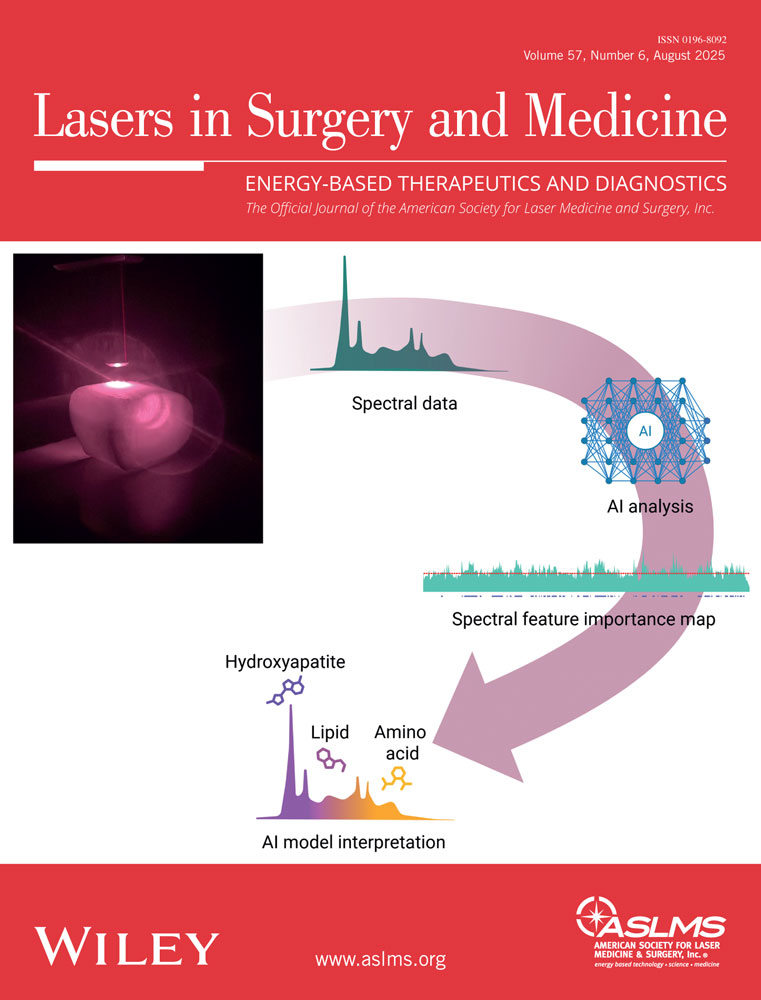Transurethral Balloon Laser Prostatectomy in the Canine: Medium-Term, Follow-Up Results
Abstract
Background and Objective: To demonstrate surgical complications in transurethral balloon laser prostatectomy by medium-term, follow-up observation.
Study Design/Materials and Methods: Three dogs were treated with transurethral laser irradiation using 15 watts for 20 minutes at 60°C at a 5 mm depth of the prostate, one dog was for 5 minutes with same parameters, and one dog was with only laser balloon probe as a control. All animals were followed for 24 weeks.
Results: A large cavity in the prostatic urethra was formed in laser-treated animals 4 weeks later, whereas the cavity in the balloon-treated animals was not shown. Cavity volume did not significantly change for 6 months, and there was no bladder neck stricture or urethral stenosis observed in any case. An increase in collagen fibers in the periurethral tissue was barely observed by Mallory staining.
Conclusion: The risk of bladder neck stricture and urethral stenosis was estimated to be low for transurethral balloon laser prostatectomy. © 1995 Wiley-Liss, Inc.




